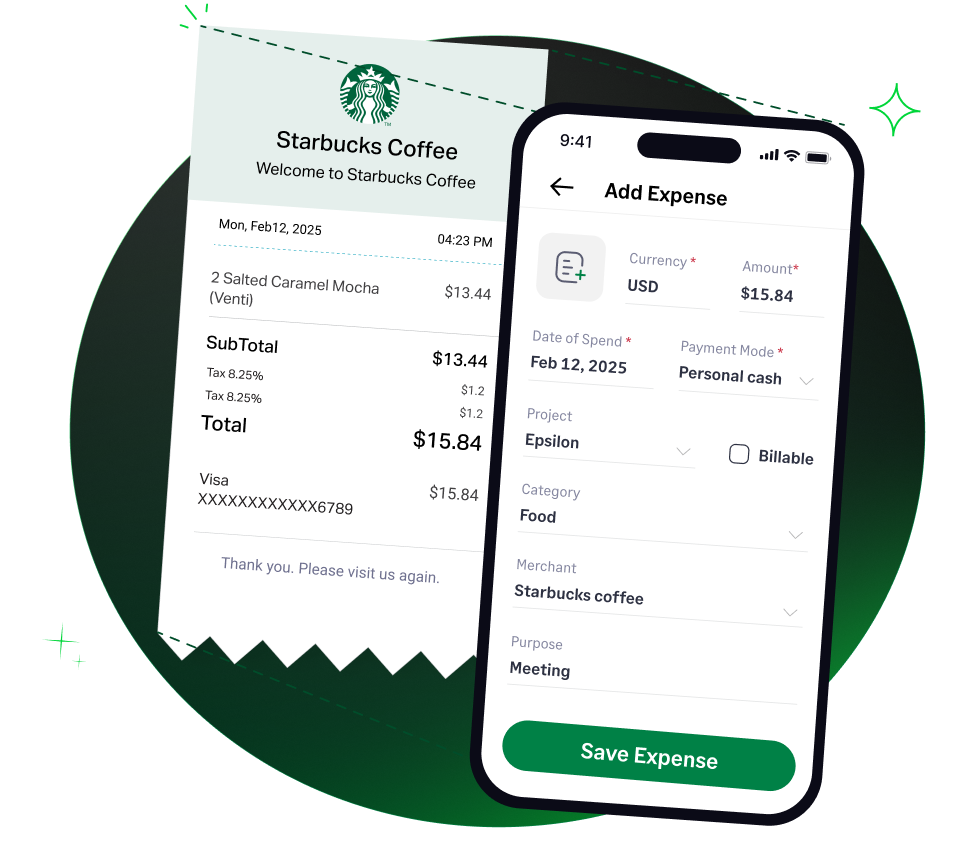Sponsoring a local sports team, a charity gala, or an industry conference is a powerful way for a business to increase its visibility, build goodwill in the community, and attract customers. While these sponsorship payments are a legitimate business cost, their tax treatment can be tricky.
The IRS requires you to categorize a sponsorship based on whether it is primarily an advertising activity or a charitable donation, as the tax implications for each are very different. This guide explains how to classify sponsorship expenses in accordance with IRS rules, ensuring your business remains compliant and handles these costs correctly.
Sponsorship Expenses Category
There is no single expense category that applies to all sponsorships. The correct classification depends on the benefit your business receives in return for the payment.
- Advertising Expense: If your business receives a substantial benefit in return for the payment, such as prominent display of your company's name and logo, the sponsorship is considered an Advertising Expense.
- Charitable Contribution: If you make a payment to a qualified charitable organization and do not receive any significant benefit in return, the payment is a Charitable Contribution.
Important Considerations While Classifying Sponsorship Expenses
The most critical factor is determining whether the primary purpose of the payment is to promote your business or to make a gift out of generosity.
Advertising vs. Charitable Contribution
IRS Publication 535 provides clear examples to illustrate this distinction:
- It's an Advertising Expense if: You pay for a half-page ad in a program for a concert sponsored by a local church. The purpose is to encourage readers to buy your products.
- It's a Business Expense (not a contribution) if: You donate to a committee organized by the local Chamber of Commerce to bring a convention to your city, with the intent of increasing business activity, including your own.
- It's a Charitable Contribution if: You make a donation to a qualified charity and receive no substantial business benefit in return.
Sponsoring a Local Sports Team
The same principle applies. If your sponsorship secures a large banner at the field and your logo on the team's jerseys, it is considered an advertising expense. If it's a small donation to a youth league with only a brief mention in a program, it's more likely to be considered a charitable contribution.
Sponsoring a Charity Event
Even if the payment goes to a qualified charity, if your business is listed as a Gold Sponsor, with your logo featured on all event materials, the payment is an advertising expense because you are receiving a significant promotional benefit.
Tax Implications and Recordkeeping
The tax reporting for a sponsorship depends entirely on its classification.
How to Report the Costs
For a sole proprietor filing a Schedule C (Form 1040):
- Advertising: Sponsorships classified as advertising are deducted on Part II, Line 8, Advertising.
- Charitable Contributions: These are not deducted on Schedule C. They are treated as a personal itemized deduction for the owner, reported on Schedule A (Form 1040).
What Records to Keep
You must have documentary evidence to substantiate your sponsorship payments. Your records should include:
- The sponsorship agreement or contract.
- Invoices or receipts from the organization.
- Proof of payment.
- For charitable contributions of $250 or more, a written acknowledgment letter from the charity is required.
- Samples of the promotional materials (e.g., photos of the banner, a copy of the program) to prove an advertising benefit.
How Fyle Can Automate Tracking for Sponsorship Expenses
Fyle helps you accurately capture and categorize all your sponsorship payments, ensuring you have a complete and compliant record for tax time.
- Centralized Sponsorship Agreements: Attach the entire sponsorship contract directly to the expense record in Fyle.
- Capture All Payments: Instantly capture the payment for the sponsorship, whether made by credit card, check, or bank transfer.
- Categorize for Tax Treatment: Code the expense as either Advertising or a non-business Charitable Contribution for proper reporting.
- Automate Your Accounting: Sync the categorized expense to the correct GL account in QuickBooks, Xero, NetSuite, or Sage Intacct.
 4.6/51670+ reviews
4.6/51670+ reviews



